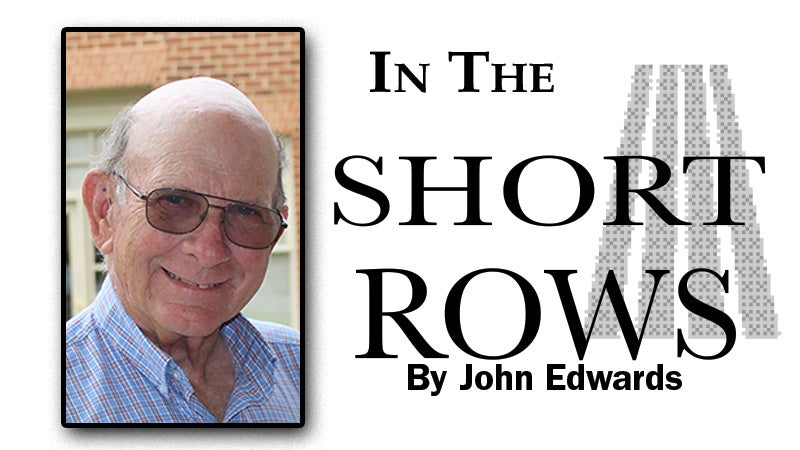Column – Crops, as much as the calendar, mark summer
Published 6:38 pm Thursday, July 6, 2023

- John Edwards
For most of us, summer is just getting started good when the Fourth of July rolls around. And, based on the way we read the celestial cycle, that’s true.
We date summer from the Summer Solstice on June 20 or 21 (this year it was June 21), which is the longest day of the year. It ends with the Autumnal Equinox on Sept. 23 (that can vary by a day as well). It’s when sunrise and sunset are 12 hours apart.
By the time July 4 rolls around, however, an awful lot of summer has occurred, especially on the nation’s farms and in our gardens. Corn crops are either well on their way toward big yields or crop failure, based on moisture and heat that occurs the during warmup period of late spring and early summer. Not long after the Fourth, farmers who depend on ensilage (chopped corn) as feed for cattle begin cutting it. And most of us love a “roastin’ ear” of corn on the Fourth.
The Fourth is sort of a measuring point for how peanuts are doing as well. More than a half-century ago, when carefully regulated peanut acreage was the primary cash producer for Southeast Virginia farmers, there were few of the genetically tweaked high-yield peanuts of today. There were basically runner peanuts and bunch peanuts. Either of them was expected to be well along in their growth cycle by July, and a frequently heard saying from back then was peanuts “meeting in the balk by the Fourth.” That was often wishful thinking, but in well-watered years it was sometimes achieved.
That was back in the days before herbicides, when the only weed and grass control came from a well-worn weeding hoe, sore backs and calloused hands digging out grass emerging from a peanut plant.
“Meeting in the balk” back then was important to field hands as well as farmers because the plants began to shade themselves from grass infestation. It wouldn’t be long, when that happened, that weeding hoes would be hung up for the summer and a final pass through peanut fields might be made with some type of long knife to cut Jimson Weeds and other intruders that had slipped past the final hoe chopping.
Nor should we forget that the Fourth of July was the traditional time to dig white potatoes. Isle of Wight and Surry had few if any “truck farms” that grew vegetables for commercial sale, and white potatoes were grown mostly in gardens. They were, nonetheless, important. They were dug and stored in dark barns or root cellars on racks raised off the floor to allow air circulation. There they would “cure” and be usable all winter. They had to be checked regularly for spoiled potatoes, which were discarded so they wouldn’t affect others they were touching.
For these crops and in many other ways, July marks the beginning of the end of the growing cycle each year, and the reason’s simple. Even though our hottest weather is generally in July and August, the days begin getting shorter immediately after we declare summer to have begun.
The evidence of late growth is all around us. The pale greens of new growth foliage that give spring its unique coloration have now given way to the darker, mature greens of midsummer, and will soon give way to fall colors.
For all of these reasons, I’ve always wondered at our use of the Summer Solstice as the beginning of summer. The dates we use are certainly a convenient way to remember when the seasons begin and end, but ancient civilizations, for whom the seasons were particularly critical, may have had it right when they celebrated “midsummer” on the night of the solstice. Shakespeare at least thought so with his classic “A Midsummer Night’s Dream.”
John Edwards is publisher emeritus of The Smithfield Times. His email address is j.branchedwards@gmail.com.

